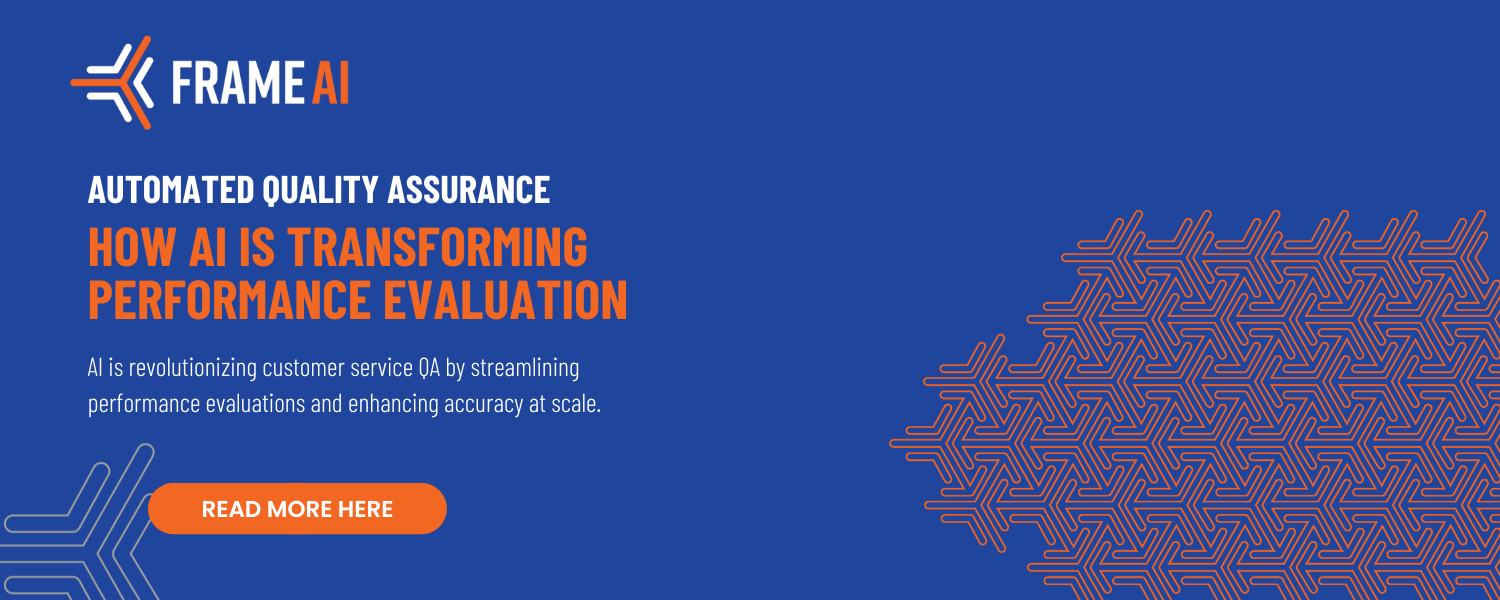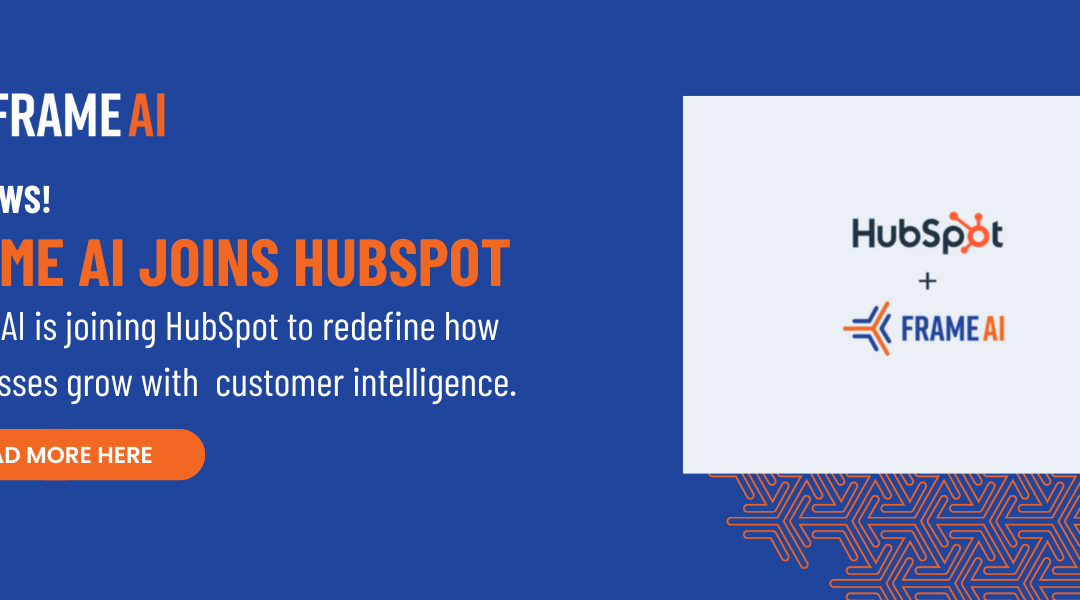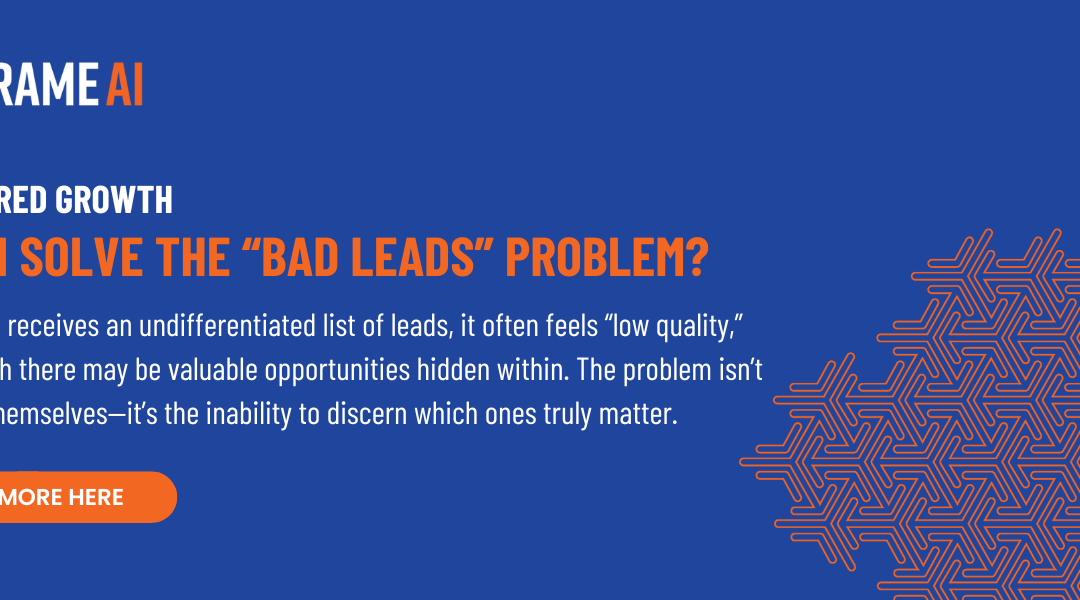Quality Assurance (QA) in customer service is essential for maintaining high standards of support. Typically, QA involves manual evaluation of customer interactions based on a set of rubrics that measure various aspects of performance, including accuracy, empathy, adherence to procedures, and compliance with company policies. However, the traditional QA process is time-consuming, often requiring managers to manually review entire call transcripts or chat logs, assess performance, and provide detailed feedback. With the rise of AI, the process of evaluating support interactions is evolving rapidly, making it more efficient and accurate.
Understanding QA Rubrics in Contact Centers
In most contact centers, QA scorecards or rubrics are the foundation for evaluating customer interactions. These rubrics are typically structured to evaluate specific criteria such as the accuracy of the information provided, the empathy displayed by the agent, adherence to standard operating procedures, and how well the agent followed up on the customer’s issue. As Klaus, a leading platform for QA, notes, typical rubrics include around 8-14 categories that help managers assess overall performance, each criterion usually weighted based on its importance to the company’s customer service goals.
Common rubric categories often include:
- Accuracy and Product Knowledge: Did the agent provide the correct information?
- Tone and Empathy: Was the agent polite and understanding?
- Procedural Adherence: Did the agent follow company protocols?
The Challenge of Traditional QA Processes
In traditional QA workflows, supervisors or managers have to manually review each interaction, whether it’s a recorded call or a chat transcript. They then assess performance based on the pre-defined rubrics and score each agent accordingly. This process is time-consuming, resource-intensive, and prone to inconsistencies. Reviewing even a small percentage of customer interactions across a large team can take hours each week.
Manual QA reviews also focus on sampling—due to time constraints, only a small portion of interactions are reviewed. This leaves gaps where potential issues or areas of excellence go unnoticed, making it hard to create a comprehensive view of agent performance.
Automating QA with AI: The Role of Generative Enrichment
AI has begun transforming the QA process by enabling the automation of quality reviews, especially through generative enrichment, where AI analyzes entire conversation records and auto-generates data insights to pre-fill QA rubrics. This is called Automated QA — AQA.
AQA uses NLP models to review customer interactions in real-time, evaluating critical elements like tone, compliance, and procedure adherence. For example, AI models trained to detect certain sentiment patterns can identify moments when a customer is frustrated or confused. This information can be automatically scored against the rubric categories such as empathy or problem-solving ability.
This process allows for partial or full automation of QA scorecards. AI doesn’t just summarize what happened in the interaction; it identifies whether the agent followed required procedures, if the correct resolution was provided, or if empathy was demonstrated based on tone and language.
The AI essentially “pre-fills” the rubric with data-driven insights, saving managers time and improving the consistency of evaluations. Managers can then focus on more nuanced evaluations that require human judgment, such as coaching agents on soft skills or addressing highly complex interactions.
For example, instead of manually reviewing every interaction, a QA manager could look at AI-generated summaries that highlight the key metrics of interest—such as compliance, accuracy, or sentiment—and see at a glance where agents are excelling or struggling.
The benefits of AQA are far-ranging:
- Increased Efficiency: Automating the QA process allows businesses to review a significantly higher percentage of customer interactions, ensuring more comprehensive feedback.
- Improved Consistency: Human evaluations can sometimes vary in how criteria are scored. AI ensures that interactions are evaluated uniformly, which helps in maintaining consistency across evaluations.
- Actionable Insights in Real-Time: AI can process customer interactions as they happen, providing managers with real-time insights into agent performance and areas that need improvement.
- Scalability: As customer interactions grow with business expansion, AI-based QA systems can handle the increased volume of evaluations without requiring additional managerial resources.
Conclusion
Automated QA driven by AI and generative enrichment is a game-changer for contact centers, enabling more efficient, accurate, and scalable performance evaluations. By pre-filling rubrics and focusing human managers on higher-level feedback, AI reduces the workload and allows businesses to review more interactions without sacrificing quality. This not only boosts operational efficiency but also ensures that agents receive the coaching and support they need to continuously improve, ultimately delivering a better customer experience.
To learn more about how Frame AI helps the world’s largest companies improve service, request a demo today.




